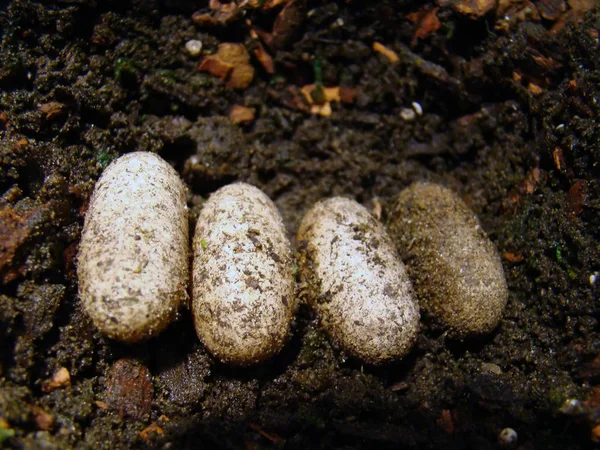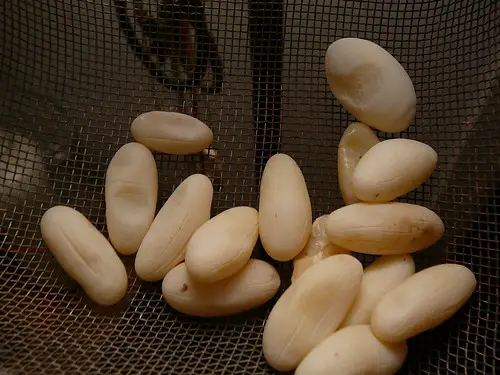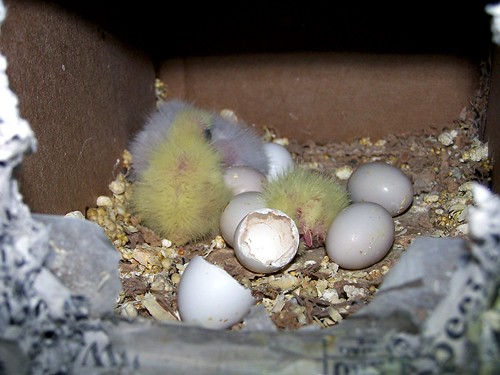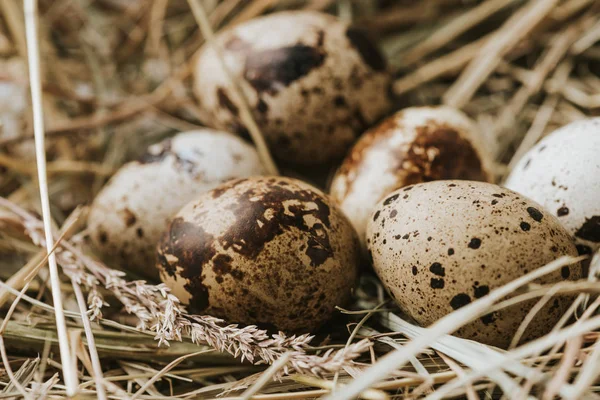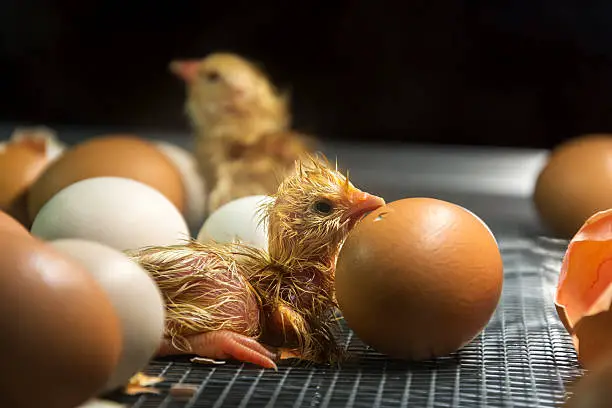Table of Contents
One of the joys of owning leopard geckos is breeding them and hatching their eggs. While it sounds like a complicated or complex process, proper leopard gecko egg incubation can be done by anyone that follows this guide.
Materials needed
Before you start incubating leopard gecko eggs, you will need to gather some materials. These include:
- An egg box: This is a small plastic container with a tight-fitting lid that will hold the eggs and the substrate. You can use any type of plastic container, such as a deli cup or a shoebox, as long as it is clean and has some ventilation holes on the lid.
- A substrate: This is the material that will provide moisture and support for the eggs. You can use various types of substrates, such as vermiculite, perlite, sphagnum moss, or hatchrite. The substrate should be moist but not wet and should fill about half of the egg box.
- A marker: This is used to mark the top of each egg with an “X” or a dot. This will help you keep track of the orientation of the eggs and prevent them from rolling or flipping over.
- An incubator: This is a device that will maintain a constant temperature and humidity for the eggs. You can buy a commercial reptile incubator or make your own using a styrofoam cooler, a heat source, a thermostat, and a hygrometer. The ideal temperature range for leopard gecko eggs is between 77°F and 92°F, depending on the desired sex of the hatchlings. The ideal humidity level is between 70% and 80%.
Below are some of the recommended reptile egg incubators to achieve high hatch success. They are easy to use and work excellently compared to other egg incubators on the market.
Step 1: Prepare the egg box
Once you have all the materials ready, fill the egg box with substrate until it is about half full. Moisten the substrate with water until it is damp but not dripping. You can squeeze a handful of the substrate and see if it holds its shape without dripping water. If it does, it is ready to use.
Make some indentations in the substrate where you will place the eggs. The indentations should be large enough to fit the eggs snugly but not too deep that they touch the bottom of the container.
Poke some small holes on the lid of the egg box for ventilation. You can use a needle or a toothpick to make the holes. Make sure they are not too large that they let too much air or moisture escape.
Step 2: Collect the eggs
The next step is to collect the eggs from your leopard geckos. To collect the eggs, you will need to gently remove the moist hide from the enclosure and carefully lift the lid. You should see white oval-shaped eggs buried in the substrate. Use your fingers or a spoon to gently scoop out each egg without rotating or shaking it. Mark the top of each egg with a marker and place it in an indentation in your prepared egg box.
Step 3: Setup the incubator
After you have collected all the eggs you want to incubate, you should set up your incubator. Place your egg box inside your incubator and close the lid. Plug in your heat source and set your thermostat to your desired temperature. You can get happy, healthy leopard geckos at any temperature between 77°F to 92°F. Since they are reptiles, the temperature determines if you’re getting male or female leopard geckos. Higher temperatures produce males while lower temperatures produce females. If you have a lot of eggs you might want some of each.
Check your hygrometer and make sure it reads between 70% and 80% humidity. If it is too low, you can add some water to your incubator or spray some water on your egg box lid. If it is too high, you can open some ventilation holes on your incubator or remove some water from your incubator. Monitor your incubator regularly and make sure it maintains a stable temperature and humidity level.
Step 4: Incubation and regular egg monitoring
The incubation period for leopard gecko eggs varies depending on the temperature and other factors. It can range from 35 days to 90 days or more. During this time, you will need to monitor your eggs regularly and look for signs of development or problems.
Here are some tips for monitoring your eggs:
- Regularly check eggs for mold, shriveling, or collapse. These indicate infection or dehydration. To save affected eggs, wipe off mold, add water, or transfer to a new box with fresh substrate.
- Candle eggs after two weeks of incubation and weekly thereafter. Look for a red vein network or dark spot inside, indicating fertility and development. Avoid excessive candling to prevent stress or overheating.
- Monitor eggs for pipping, visible as a small hole or crack in the eggshell. This signifies the hatchling’s readiness to emerge within hours or days.
Step 5: Hatching
The final step of incubating leopard gecko eggs is hatching. This is when the hatchling comes out of the egg and starts its life outside. Hatching can take anywhere from a few minutes to a few hours, depending on the hatchling’s strength and readiness.
Here are some tips for hatching:
- Avoid assisting the hatchling in hatching unless necessary to prevent injury or infection. The hatchling knows the proper process and timing to emerge from the egg.
- Wait until the hatchling has fully absorbed its yolk sac, and appears active and alert, before removing it from the egg box. Premature removal can lead to nutrient loss and weaken the hatchling.
- Refrain from handling the hatchling until it has completed its first skin shed, which usually occurs a few days after hatching. Handling before shedding can harm the delicate skin.
- Provide individual enclosures for each hatchling or group from the same clutch, equipped with a heat source, moist hide, dry hide, water dish, and calcium dish. Offer small crickets dusted with calcium and vitamin powder as food after the hatchlings have shed their skin.

